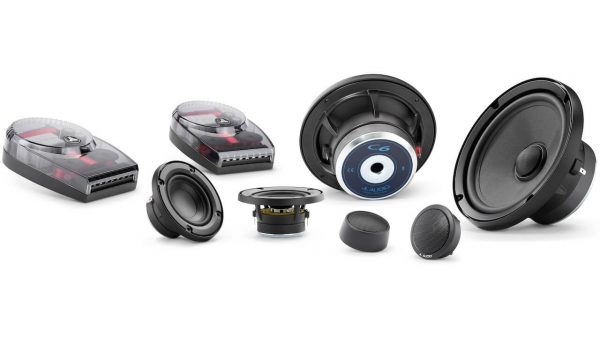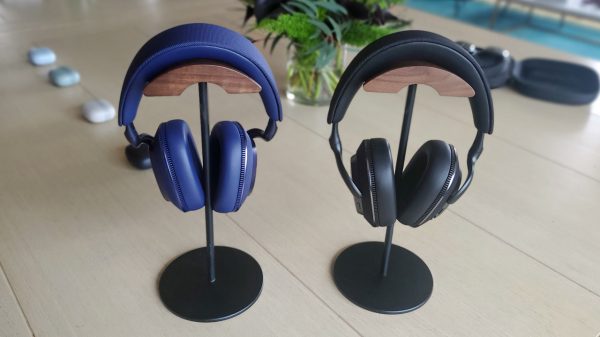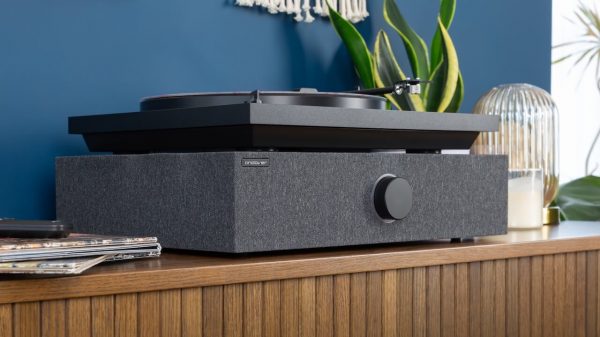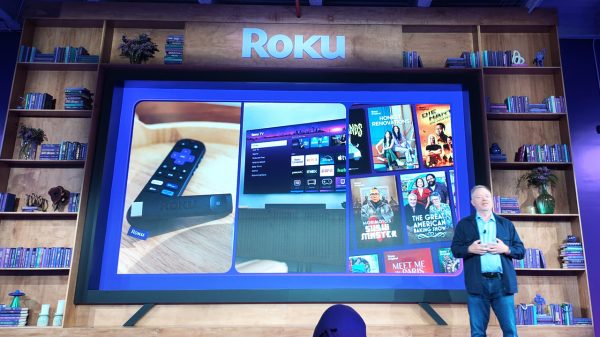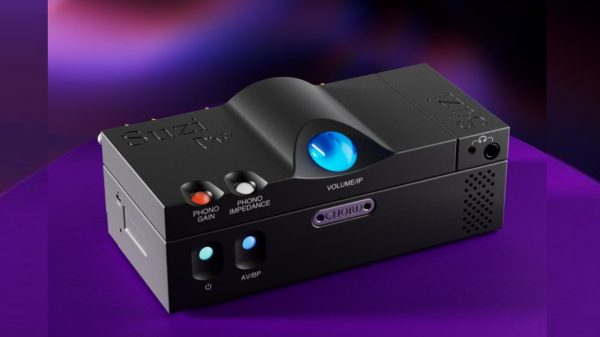Harris Interactive Reveals New Research on Consumer Acceptance of Mobile Advertisements
Harris Interactive, the 12th largest and the fastest growing market research company in the world, today announced the results of new research into consumer acceptance of mobile phone advertisements. The research examined current levels of consumer interest in mobile phone advertisements, preferred advertising formats and the willingness of consumers to be profiled.
“Historically, U.S. mobile phone users have been resistant to receiving mobile phone advertisements, but, according to our research, cell phone users are more willing than ever to receive advertising,” said Judith Ricker, President of the Marketing Communications Research Practice at Harris Interactive. “To make their mobile campaigns more effective, advertisers should take note of how cell phone users are most interested in being contacted. Advertisements need to have a clear value proposition, be relevant and allow recipients to control how they are profiled.”
Incentive-based advertisements
According to the study, a surprising 35 percent of adult cell phone users are willing to accept incentive-based advertisements. Of these adults, 78 percent say the best incentive would be cold hard cash, followed by free minutes (63%), free entertainment downloads (e.g. ring tones, games; 40%) and discount coupons (40%).
Preferred method of delivery
The survey further reveals that over half (56%) of those who are at least somewhat interested in receiving ads on their cell phone say they would prefer to receive them via text message, while 40 percent would like to receive them as a picture message. Less than one-quarter of adults would choose to receive them as videos (24%), while others would have them transferred automatically to email (23%), as a voice message (22%) or something else (7%).
Privacy and control matter
Just under three-quarters (70%) of respondents who are at least somewhat interested in receiving mobile advertising are also willing to provide information about themselves to their cell phone provider in exchange for an ability to customize the service to their needs. Among them, 30 percent are willing to receive the ads for the right incentive, while 20 percent would receive them if they have control to turn them on or off and 20 percent are willing to receive the ads if they can choose who the information is sent to.
Incentives
Adult mobile phone users who are at least somewhat interested in mobile advertising also feel that the following could lower the pain associated with watching these ads:
- The ability to opt out (66%);
- Choosing the type of ads to be received (56%);
- Choosing the number of ads to be received in a given period of time (48%);
- Providing a profile of desired areas of interest so only specific ads are sent (43%);
- Different/discounted plan if ads included (42%);
- Choosing specific times when ads would be received (40%).
These data were presented by Joe Porus and Judy Ricker at the Mobile Advertising and Marketing USA Conference held on March 6 and 7 in New York City. To view the presentation, go to http://www.harrisinteractive.com/services/pubs/HI_TECH_MCR_PPT_Mobile_Advertisin g.pdf.
Methodology
This online survey was conducted within the United States between February 7 and 14, 2007 among 903 adults (aged 18 and over) who use a cell phone.(344 say they are at least somewhat interested in mobile advertising if some incentive were offered). Data were weighted to reflect the total U.S. adult population on the basis of region, age within gender, education, household income, and race/ethnicity.
All surveys are subject to several sources of error. These include: sampling error (because only a sample of a population is interviewed); measurement error due to question wording and/or question order, deliberately or unintentionally inaccurate responses, nonresponse (including refusals), interviewer effects (when live interviewers are used) and weighting.
With one exception (sampling error) the magnitude of the errors that result cannot be estimated. There is, therefore, no way to calculate a finite “margin of error” for any survey and the use of these words should be avoided.
With pure probability samples, with 100 percent response rates, it is possible to calculate the probability that the sampling error (but not other sources of error) is not greater than some number. With a pure probability sample of 903, one could say with a 95 percent probability that the overall results have a sampling error of +/-4 percentage points. Sampling error for data based on sub-samples may be higher and may vary. However that does not take other sources of error into account. This online survey is not based on a probability sample and therefore no theoretical sampling error can be calculated.
These statements conform to the principles of disclosure of the National Council on Public Polls.
About Harris Interactive Technology Research
The Harris Interactive Technology Research group doesn’t just monitor and measure the industry. It interacts with the thought leaders who drive technology, telecom and e-business everyday and provides insights from a variety of vertical perspectives. Using the group’s unique knowledge, experience, and expertise in both the telecommunications and information technology sectors, Harris Interactive asks the right questions, confirms business issues, and designs and implements studies to provide clients with actionable results.
About Harris Interactive
Harris Interactive is the 12th largest and fastest-growing market research firm in the world. The company provides innovative research, insights and strategic advice to help its clients make more confident decisions which lead to measurable and enduring improvements in performance. Harris Interactive is widely known for The Harris Poll, one of the longest running, independent opinion polls and for pioneering online market research methods. The company has built what it believes to be the world’s largest panel of survey respondents, the Harris Poll Online. Harris Interactive serves clients worldwide through its United States, Europe and Asia offices, its wholly-owned subsidiary Novatris in France and through a global network of independent market research firms. The service bureau, HISB, provides its market research industry clients with mixed-mode data collection, panel development services as well as syndicated and tracking research consultation. More information about Harris Interactive may be obtained at www.harrisinteractive.com.
To become a member of the Harris Poll Online and be invited to participate in online surveys, register at www.harrispollonline.com.

